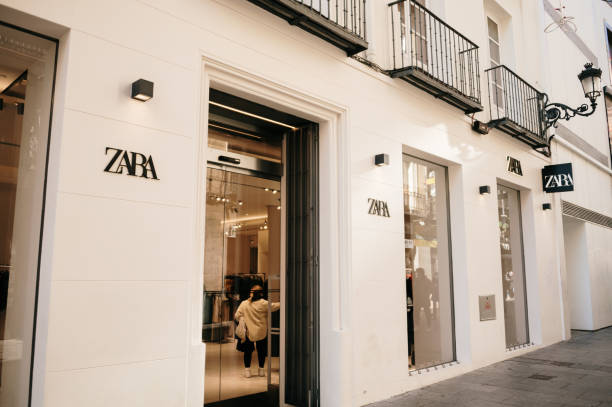Zara, the fashion powerhouse that has earned a special place in our wardrobes, often leaves us wondering: where are these stylish garments actually made? Let’s embark on a journey to uncover the origins of Zara’s fashionable creations.
Peering into the Past
Zara, a brand under the Inditex umbrella, was born in Spain, a country renowned for its rich history and vibrant culture. The story began in the city of La Coruña in 1975, with Amancio Ortega Gaona founding the brand. From these humble beginnings, Zara soon started weaving its global fashion empire.
The Global Manufacturing Network
To cater to its immense demand and reach, Zara has established a vast global network of manufacturing units. The brand strategically places these units in various countries, allowing for efficient production and timely delivery.
One of the pivotal regions in Zara’s production network is Europe. Countries like Spain, Portugal, and Turkey play a vital role in the manufacturing process. Here, skilled craftsmen and advanced technology work hand in hand to create the stunning designs we adore.
Beyond European Shores
While Europe remains a key player in Zara’s manufacturing, the brand has also ventured into other regions for production. Asia, particularly countries like China, Bangladesh, and India, also host manufacturing facilities for Zara.
China, known for its expertise in mass production and fast turnarounds, has become a significant hub for Zara’s manufacturing operations. Bangladesh, on the other hand, often handles labor-intensive tasks, contributing to the overall production process.
Embracing Ethical and Sustainable Practices
In recent years, Zara, like many other fashion brands, has been increasingly conscious of ethical and sustainable practices. The brand has taken significant strides to ensure responsible sourcing and production.
Zara has shown commitment to improving labour conditions, minimising environmental impact, and enhancing transparency within its supply chain. This includes efforts to reduce waste, use eco-friendly materials, and improve energy efficiency in manufacturing processes.
The Final Stitch
In essence, Zara’s garments come to life through a symphony of skilled craftsmanship, technological innovation, and a commitment to sustainability. From its Spanish roots to the diverse global network of manufacturers, Zara’s story is one of creativity and responsibility.
So, the next time you slip into that stylish Zara outfit, know that it’s a fusion of craftsmanship from various corners of the world, coming together to adorn you in fashion that’s not just fabulous but also conscientious.


